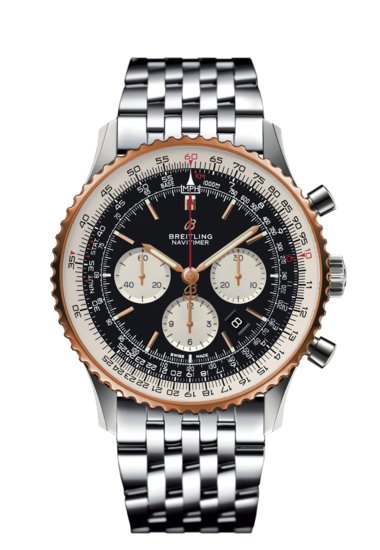Introduction to the Counterfeit Watch Market
what is the highest quality replica watch
The luxury watch market is an industry with a rich history and high economic value. Within this market, the Rolex Datejust stands as a pinnacle of craftsmanship and status. However, this prestige has led to an increase in counterfeit models, infamously known as «fake Rolex Datejusts.» These replicas are created to mimic the appearance of the genuine product, often sold at a fraction of the price to an unsuspecting clientele seeking the Rolex experience without the financial outlay.
Understanding the «Fake Rolex Datejust»
A «fake Rolex Datejust» is more than just a copy; it is a deliberate and often illegal attempt to recreate the Rolex trademark. These fakes range in quality, with some being easily identifiable as imitations, while others require a trained eye to distinguish from the authentic watches. The production of these replicas is a direct response to the exclusivity and high price tags of Rolex watches, presenting a tempting shortcut to the luxury lifestyle they represent.
Identifying a Counterfeit
To the untrained eye, a «fake Rolex Datejust» can be difficult to spot. However, there are subtle differences that give away its illegitimacy. These can include discrepancies in weight, quality of materials, font inconsistencies on the dial, and even minor deviations in the logo. Rolex prides itself on exquisite detail and precision, something that counterfeiters often cannot replicate perfectly.
The Legalities of the Fake Watch Market
The production and sale of «fake Rolex Datejust» watches are illegal and infringe upon intellectual property rights. These activities are subject to legal action, including fines and imprisonment. Consumers of counterfeit watches may also face legal consequences, not to mention the ethical considerations of supporting criminal enterprises that often back the counterfeit market.
The Ethical and Economic Impact
While some may view the purchase of a «fake Rolex Datejust» as a victimless crime, the reality is that the counterfeit market has serious ethical and economic repercussions. It undermines the craftsmanship of legitimate watchmakers, contributes to the loss of jobs, and is often linked to other forms of organized crime. Furthermore, it deceives the consumer, who receives an inferior product that lacks the quality and durability of a genuine Rolex.
The Consumer’s Dilemma
The decision to purchase a «fake Rolex Datejust» is a complex one, influenced by factors such as the desire for status, financial limitations, and the individual’s moral compass. While it may seem like a harmless shortcut to luxury, consumers must be aware of the broader implications of their purchase, which extends beyond mere aesthetics and into the realms of legality and ethics.
Conclusion: The True Cost of Counterfeiting
At first glance, the allure of a «fake Rolex Datejust» may seem enticing, offering the prestige of a luxury brand at a lower cost. However, the true cost of these counterfeits is not borne by the buyer alone but by society as a whole. It affects the brand’s reputation, impacts genuine craftsmanship, and fuels a black market that respects neither law nor quality. Consumers must weigh these factors and consider the long-term implications of their purchasing decisions. By choosing authenticity over imitation, we support ethical practices and the artistry that defines luxury watchmaking.










